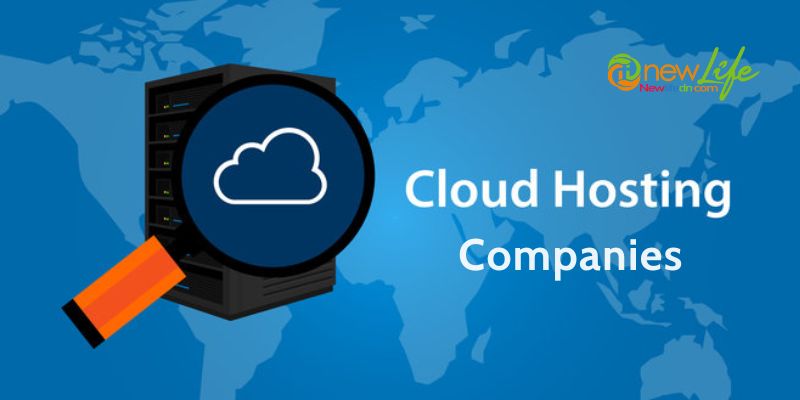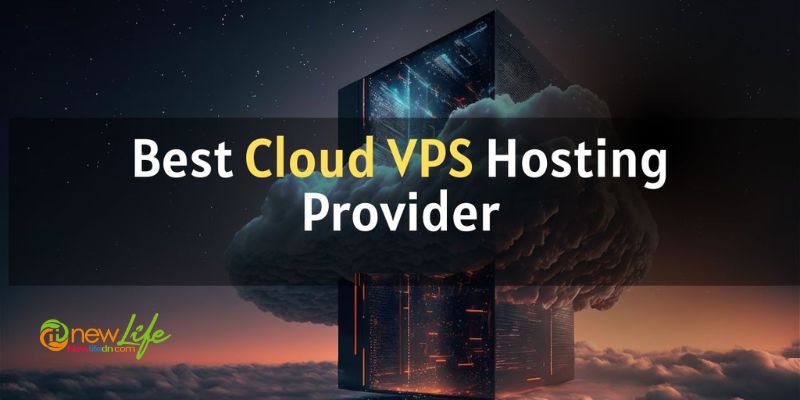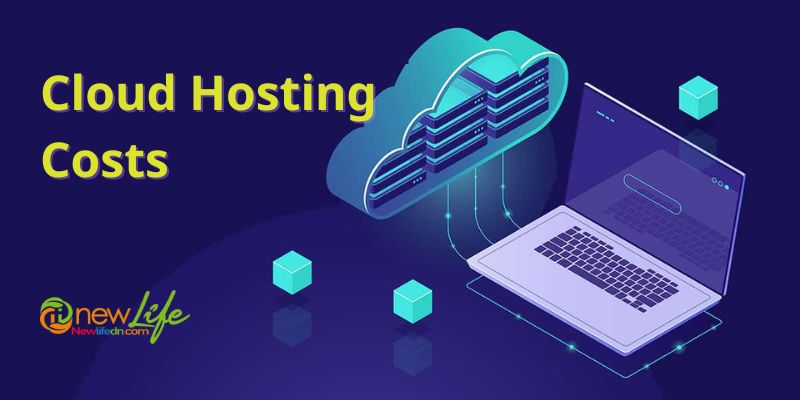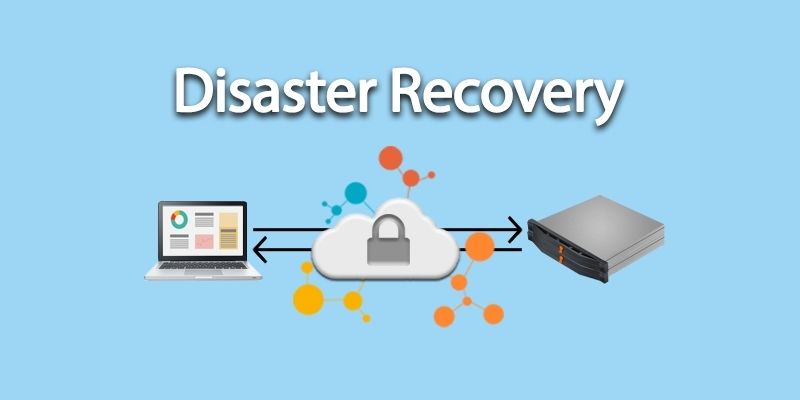In the realm of cloud computing, Amazon Web Services (AWS) has established itself as a leader, providing a comprehensive suite of cloud-based services that empower businesses and individuals alike. With an extensive range of offerings, AWS enables users to build, deploy, and scale applications and infrastructure with ease. In this article, we will explore the fundamental aspects and key features of Amazon AWS Cloud.
Contents
What is Amazon AWS Cloud?

The Amazon Web Services (AWS) platform is the world’s most comprehensive cloud platform, offering over 200 fully featured services from data centers situated all over the world. Amazon Web Service is a cloud computing platform that offers scalable and cost-effective cloud computing solutions. AWS is a widely used cloud platform that provides numerous on-demand activities such as computational power, database storage, content distribution, and so on to help businesses develop and flourish.
Key Services and Features of Amazon AWS Cloud
2.1. Compute Services:
AWS offers Elastic Compute Cloud (EC2), which enables users to rent virtual servers to run their applications. EC2 instances can be easily scaled up or down based on demand. AWS Lambda provides serverless computing capabilities, allowing developers to focus on writing code without managing servers.
2.2. Storage Services:
Amazon Simple Storage Service (S3) offers object storage for storing and retrieving vast amounts of data. It provides durability, high availability, and scalability. Amazon Elastic Block Store (EBS) offers persistent block-level storage volumes for EC2 instances.
2.3. Database Services:
AWS offers various database services, including Amazon RDS for managed relational databases, Amazon DynamoDB for NoSQL databases, and Amazon Redshift for data warehousing. These services are designed for high performance, scalability, and ease of management.
2.4. Networking Services:
Amazon Virtual Private Cloud (VPC) allows users to create private, isolated networks within the AWS infrastructure. AWS Direct Connect facilitates dedicated network connections between on-premises environments and AWS. Elastic Load Balancer distributes incoming application traffic across multiple instances.
2.5. Content Delivery and Edge Computing:
Amazon CloudFront is a global content delivery network (CDN) that delivers content to end-users with low latency and high data transfer speeds. AWS also provides AWS Global Accelerator and AWS Outposts for edge computing, enabling users to bring AWS services closer to their on-premises infrastructure.
2.6. AI and Machine Learning:
AWS offers a suite of AI and machine learning services, such as Amazon SageMaker for building, training, and deploying machine learning models, Amazon Rekognition for image and video analysis, and Amazon Lex for building conversational interfaces.
2.7. Management and Monitoring:
AWS CloudWatch provides monitoring and observability for AWS resources and applications. AWS Identity and Access Management (IAM) enables centralized access control and user management. AWS Systems Manager offers centralized management of EC2 instances and other resources.
Benefits of Amazon AWS Cloud

3.1. Scalability and Flexibility:
AWS allows businesses to scale resources up or down based on demand, enabling them to handle sudden spikes in traffic or adjust capacity as needed. This flexibility helps reduce costs by paying only for what is consumed.
3.2. Reliability and High Availability:
AWS data centers are spread across multiple geographic regions, providing redundancy and ensuring high availability. Services like Amazon S3 and Amazon RDS automatically replicate data to multiple locations, enhancing data durability.
3.3. Security:
AWS offers a wide range of security services and features, including encryption, network isolation, identity and access management, and compliance certifications. Customers can build highly secure and compliant environments using these tools.
3.4. Global Infrastructure:
AWS has a global infrastructure presence, with data centers located in multiple regions worldwide. This allows businesses to deploy their applications closer to their users, reducing latency and enhancing the user experience.
Use Cases
AWS is utilized by various industries and organizations for diverse use cases:
4.1. Startups and Small Businesses:
Startups and small businesses benefit from AWS’s pay-as-you-go model, which allows them to access advanced technologies and infrastructure without significant upfront costs. They can easily scale their applications as their user base grows, ensuring optimal performance and cost efficiency.
4.2. Enterprise Applications:
Large enterprises leverage AWS to power their mission-critical applications and infrastructure. With AWS’s robust and scalable services, enterprises can handle massive workloads, process big data, and ensure high availability and performance for their operations.
4.3. Data Analytics and Big Data:
AWS provides a comprehensive set of services for data analytics and big data processing. Organizations can leverage services like Amazon Redshift for data warehousing, Amazon EMR for distributed data processing, and Amazon Athena for interactive query analysis, enabling them to derive valuable insights from their data.
4.4. Media and Entertainment:
Media and entertainment companies use AWS for content storage, delivery, and transcoding. Services like Amazon S3, Amazon CloudFront, and AWS Elemental MediaConvert enable efficient content management, global distribution, and media processing at scale.
4.5. E-commerce and Retail:
Online retailers rely on AWS to handle their e-commerce platforms, ensuring secure transactions, managing inventory, and handling peak traffic during sales events. AWS provides services like Amazon EC2, Amazon S3, and AWS Lambda, enabling retailers to deliver a seamless shopping experience to their customers.
4.6. Internet of Things (IoT):
AWS IoT services allow businesses to connect, monitor, and manage their IoT devices at scale. With services like AWS IoT Core, AWS IoT Analytics, and AWS IoT Device Management, organizations can collect and analyze data from connected devices, enabling them to make data-driven decisions and automate processes.
4.7. DevOps and Continuous Integration/Continuous Deployment (CI/CD):
AWS offers a range of tools and services that facilitate DevOps practices and CI/CD workflows. Services like AWS CodePipeline, AWS CodeDeploy, and AWS CodeBuild enable organizations to automate code deployment, test environments, and build pipelines, ensuring faster time-to-market and improved software quality.

Conclusion
Amazon AWS Cloud has revolutionized the way businesses and individuals leverage cloud computing. Its vast array of services, global infrastructure, scalability, security, and cost-effectiveness make it an attractive choice for organizations of all sizes and across various industries. By harnessing the power of AWS, businesses can focus on their core competencies while benefiting from the agility, scalability, and innovation that the cloud provides.






